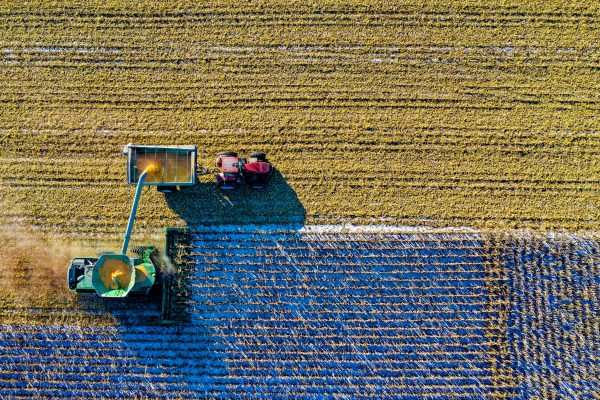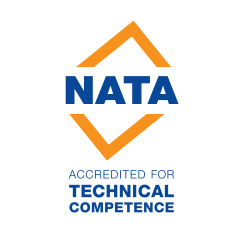
Understanding Toxic Brominated Flame Retardants (BFRs)
Brominated Flame Retardants (BFRs) Brominated Flame Retardants (BFRs), such as polybrominated diphenyl ethers (PBDEs) have become global environmental contaminants because of their widespread use in numerous household and commercial products.






